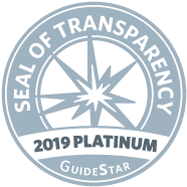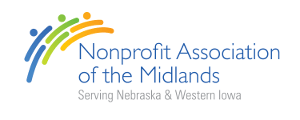Should my child be reading this? Tips for addressing challenging topics in children’s books
“When we share our stories, what it does is, it opens up our hearts for other people to share their stories. And it gives us the sense that we are not alone on this journey.”
-Janine Shepherd
This week is Banned Books Week, and as a nonprofit that puts books in the hands of some of society’s most moldable minds, we are very conscientious of the content we provide to classrooms and students.
But we don’t look at banned books with disdain. We see potential. Potential to have a conversation, potential to learn, and potential to change the world.
The American Library Association produced a video of 2017’s most challenged books and explained the reason for each challenge. Many of the books on this list discuss growing issues in our society; stories that need to be told. If they are banned, those stories of diversity don’t have the chance to be heard, and we don’t have the chance to learn from them
At DIBS for Kids, we pride ourselves on an infinite and diverse library for students to choose from. (One of our previous AmeriCorps VISTA members, Emilee, wrote a blog series about book diversity, entitled A Reflection of Me. You can read her posts about heritage, disabilities, and understanding each other here.)
Diversity in children’s books starts a conversation about who we interact with. It teaches us to better understand other people’s stories. Banned (or challenged) books that address stories separate from our own also give us an opportunity to teach younger generations about people different from themselves. Being able to understand and accept where their peers might be coming from, either in heritage, lifestyle, or disability, prepares students to learn in a safe and open-minded environment.
When students are educated on differences, they become more open-minded. They are better prepared to learn about different cultures in geography. They are able to understand both sides of a conflict in history. They can look at a story from the author’s perspective in English. When students can understand and empathize with a variety of people’s stories, they are able to form well-rounded opinions that could truly change the world for the better.
We believe parents can – and should! – be allowed to regulate what their children are reading! But parents, before you consider banning a book from your house, consider these tips on how to navigate challenged books:
- Read the book first
If you’re concerned about the content of a book, you can read it first. Then make a decision based on your own feelings about the book. - Look it up on the Internet
If it’s a longer book and you don’t have time to read it, consider looking it up on Common Sense Media. They provide a recommended age level and book reviews on children’s books and other media. This way, parents who don’t have time to personally vet all their children’s media can rest assured their child is reading appropriate content. - Consider your child’s maturity level
An age-recommendation is just that: a recommendation. Your child may be more or
less capable of comprehending difficult topics. You are the best judge of whether or not you think your child is ready to learn about that subject. If you think they are, we recommend taking a moment to discuss the possible content of the book with them before they start reading. Difficult subjects need to be unpacked together, so take the journey together! This way you can address any difficult topics in the way you want them to be handled.
If you find something way out of your wheelhouse, see if you can find some internet resources to help tell that person’s story. Or use this explanation of why some books are banned and the freedom to read by Scholastic. - Listen to your gut
If you’ve considered all these tips, and you still feel unsure about a book, go with your gut! It’s important that you feel comfortable with what your child is reading. After all, parents know best!
About DIBS for Kids
DIBS for Kids is a non-profit literacy program for elementary students. Our classroom-based book distribution system brings the power of the library to the convenience of the classroom. We provide teachers with the resources and support they need to send home a great book with each student every night.
Follow us on Facebook, Twitter, and Instagram @dibsforkids for reading tips and DIBS updates from our mascot, Dewey DIBS.
Hi! My name is Reina Cloyd! I’m an AmeriCorps VISTA Member serving as the Marketing Associate for DIBS for Kids this year. I love reading. I love learning. I’m currently a graduate student at UNO.
Between work and school, I can be found on the couch watching baking shows, crafting shows, and Criminal Minds with my wonderful husband and our pets.
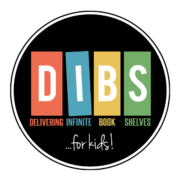

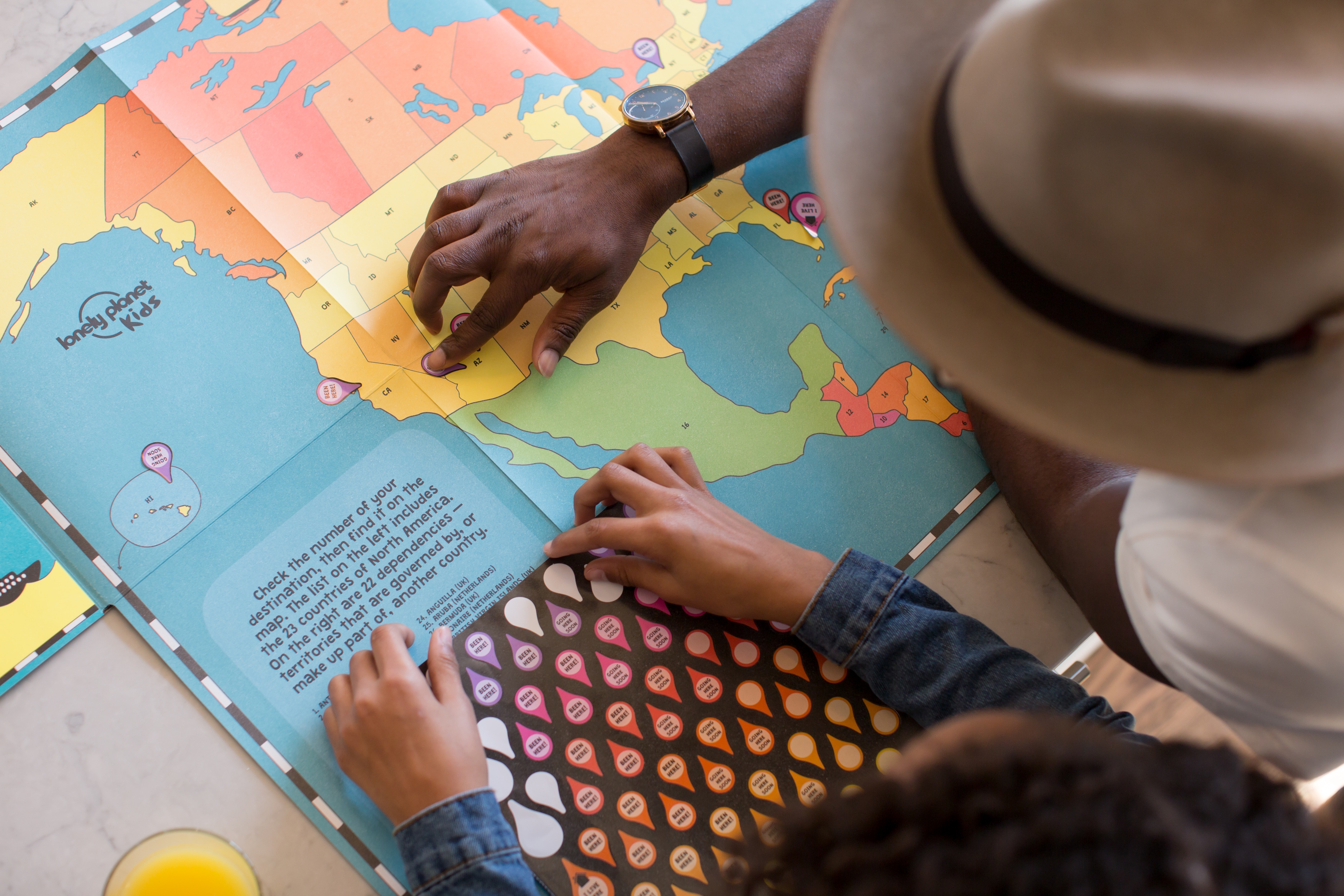
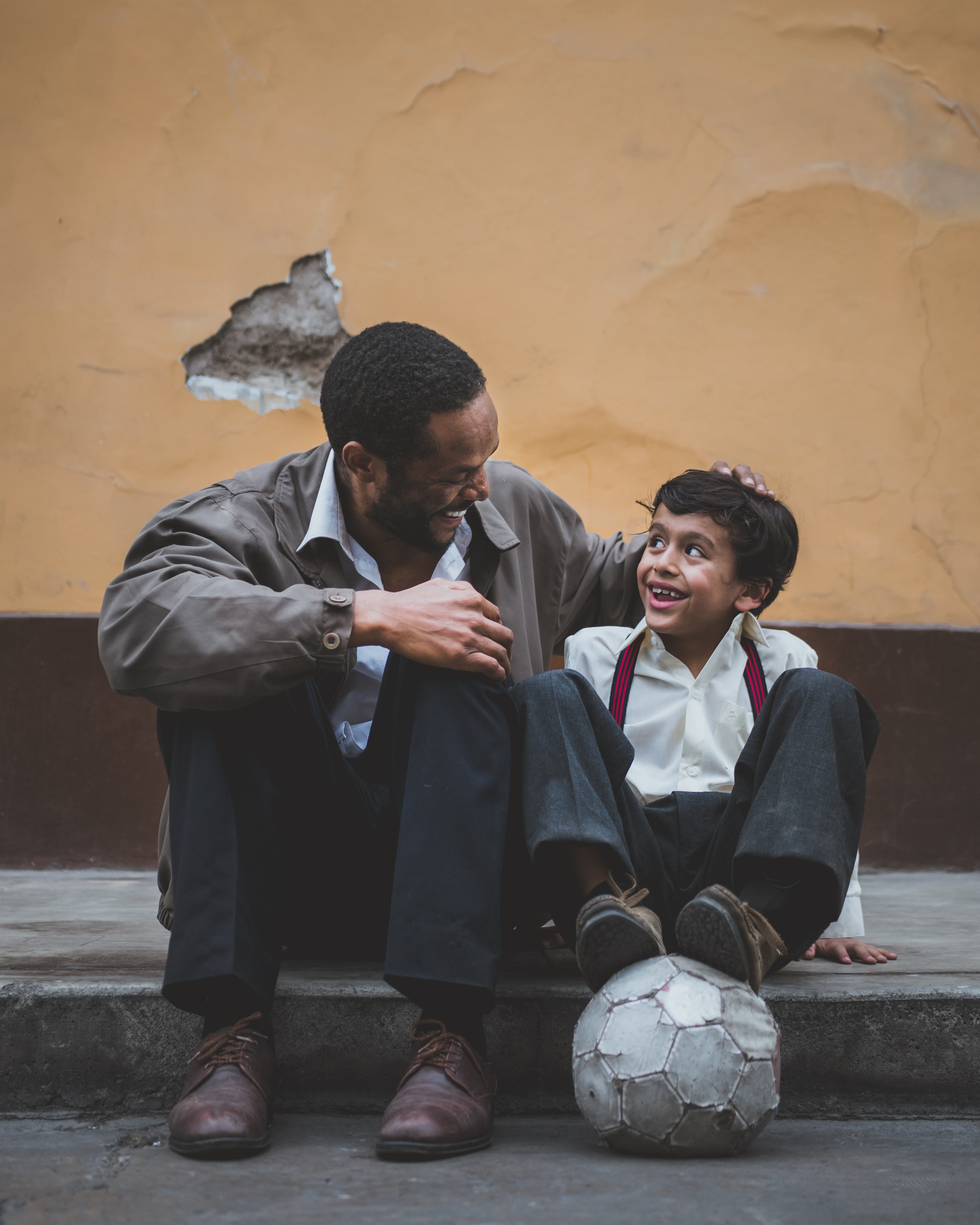
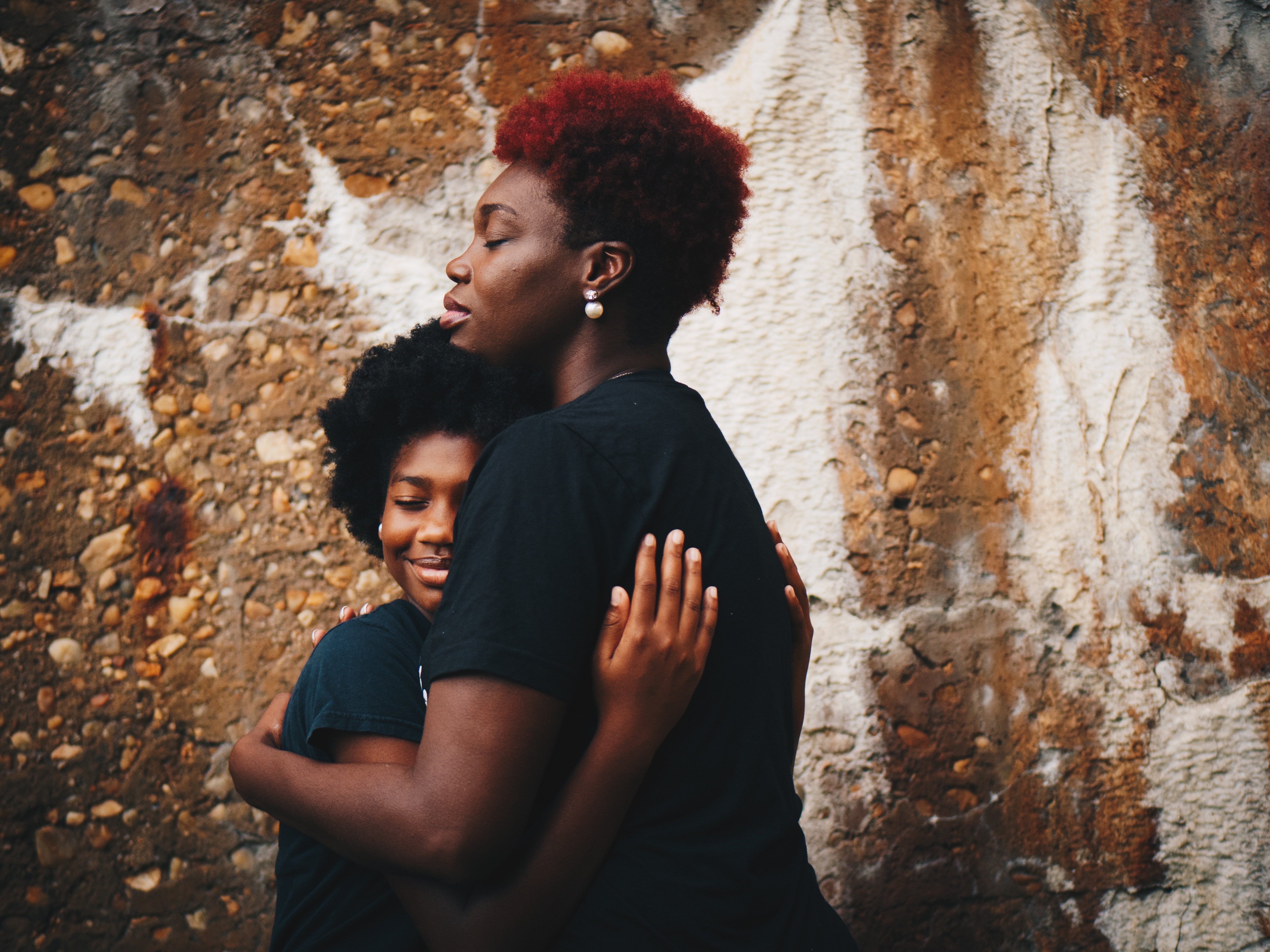
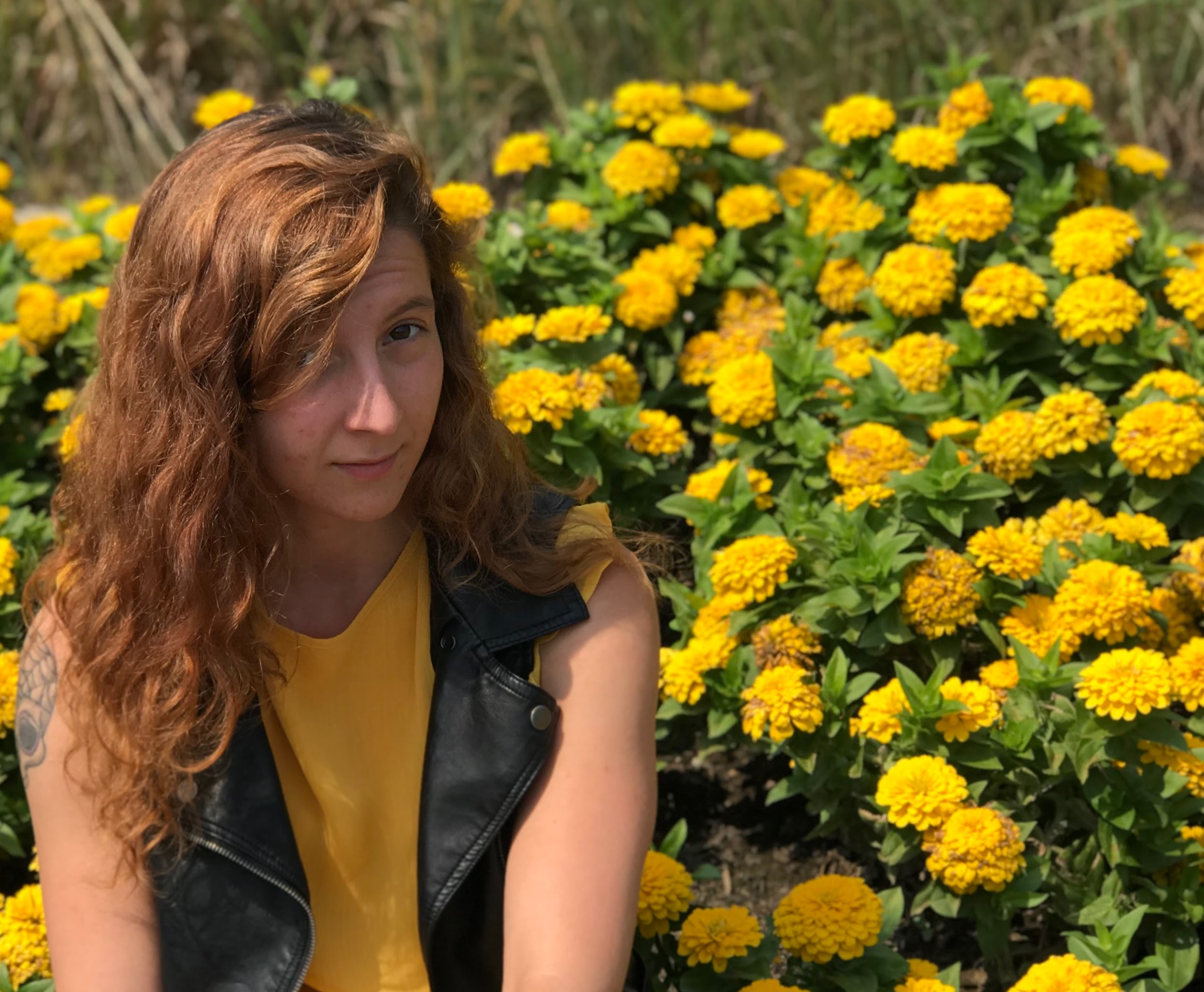
 Previous Post
Previous Post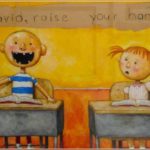 Next Post
Next Post